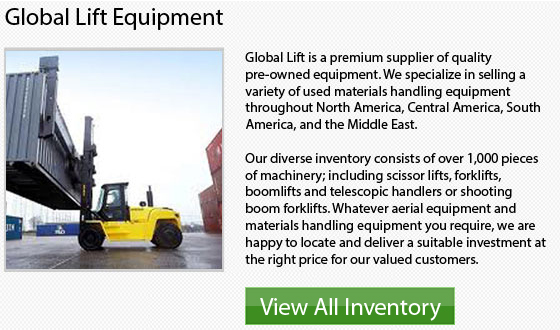
On the market these days are lift trucks that are categorized in 7 different categories. Classes 1-4 include lift trucks that are designed particularly to operate on smooth indoor surfaces. They might be chosen for particular aspects of recycling that happen in those types of environments. For more rigorous outdoor recycling applications, categories VII and V lift trucks are normally utilized.
Lots of businesses have a few or all of their applications outside and need to handle workloads considered extreme. Their forklift selection would gravitate toward Internal Combustion machinery in Class VII and Class V. These units work well in any kind of weather conditions and have enough power to run heavy objects during the course of a shift.
Another important thing to take into account is to use a lift truck safely. Understanding and acknowledging the center of gravity is vital when driving a lift truck, specifically when traveling on uneven terrain. Knowing the stability triangle in these tough work situations is imperative too.
Often, warehouses can utilize different types of reach trucks. Several manufacturing operations and the supply area for numerous textile firms also rely on various models. Using a reach truck to stock finished goods on pallets, a variety of materials and other pieces of machines is common. These machines truly help in keeping a facility organized and allow them to use the maximum amount of area by stacking vertically. Reach trucks are fairly simple to operate. They could help make better use of both time and available storage space.
If you are going to be using your forklift equipment 4 to 8 hours a day, it is highly recommended to buy new. The warranty alone could come in handy with such continuous utilization. If, however, you are just loading and unloading on a bi-weekly basis or not very often, then a used unit might be suitable for your needs. Each and every situation is different and you should evaluate your individual needs prior to selecting a suitable machine.